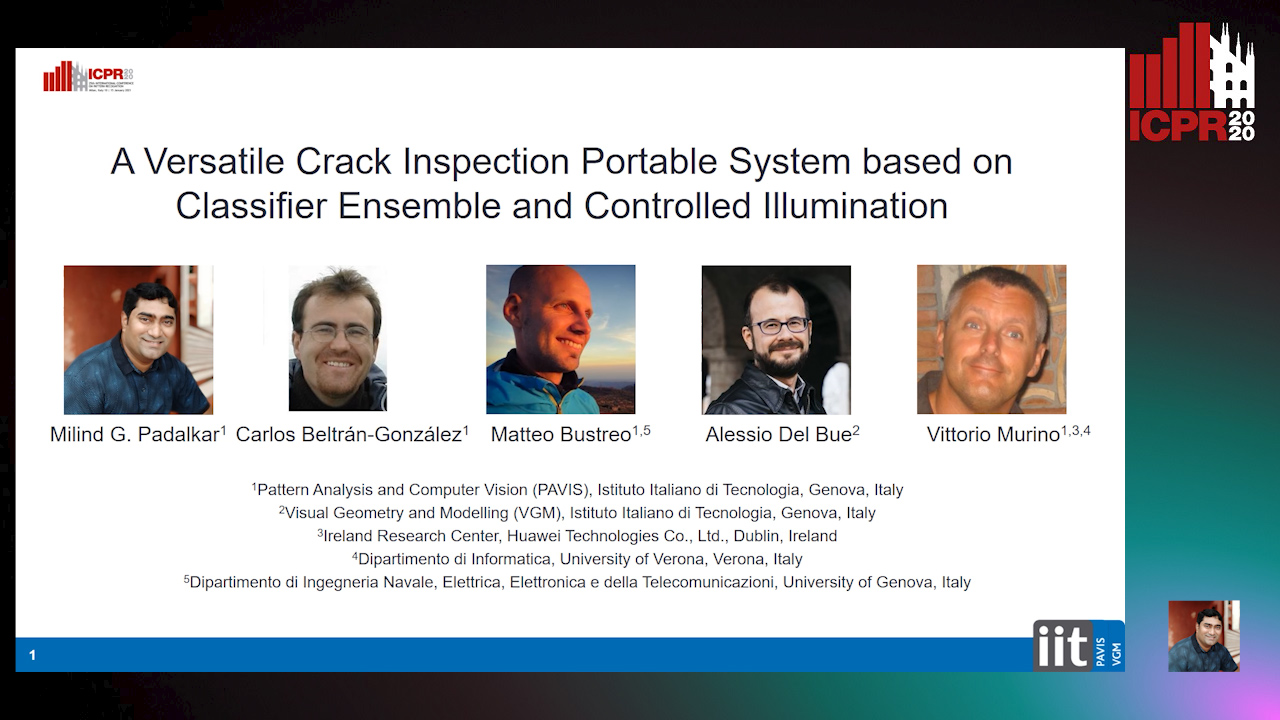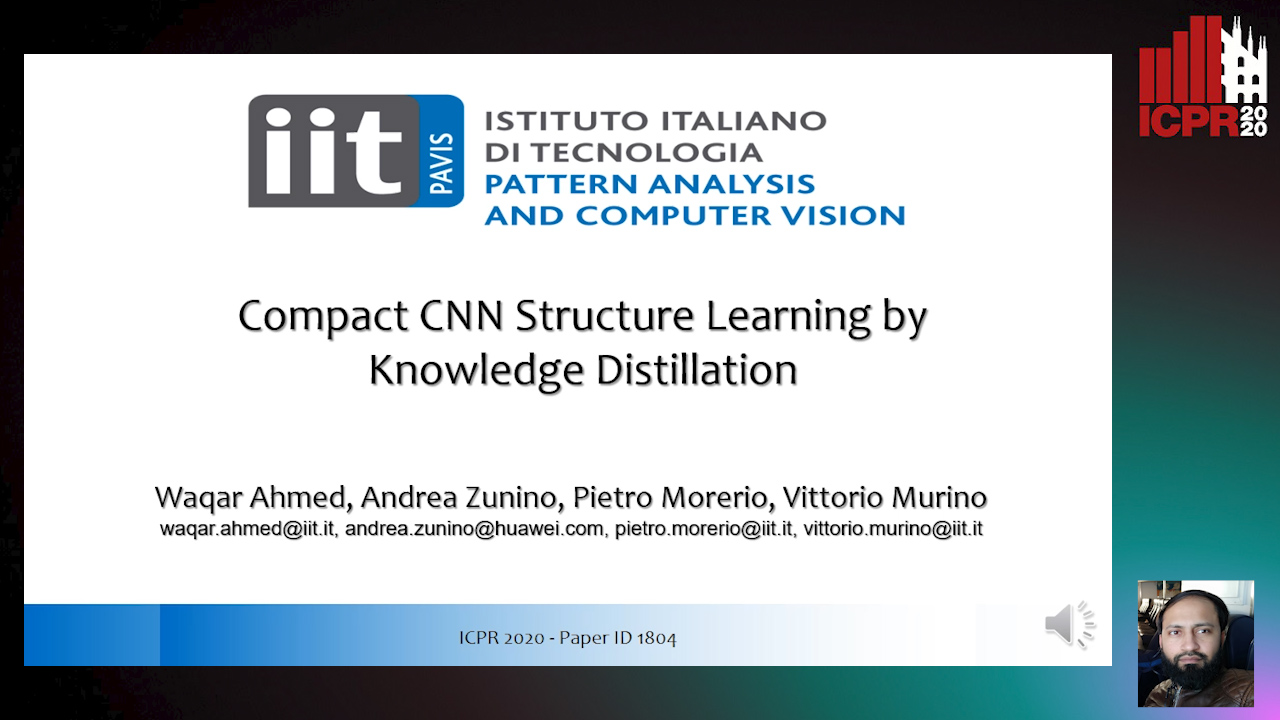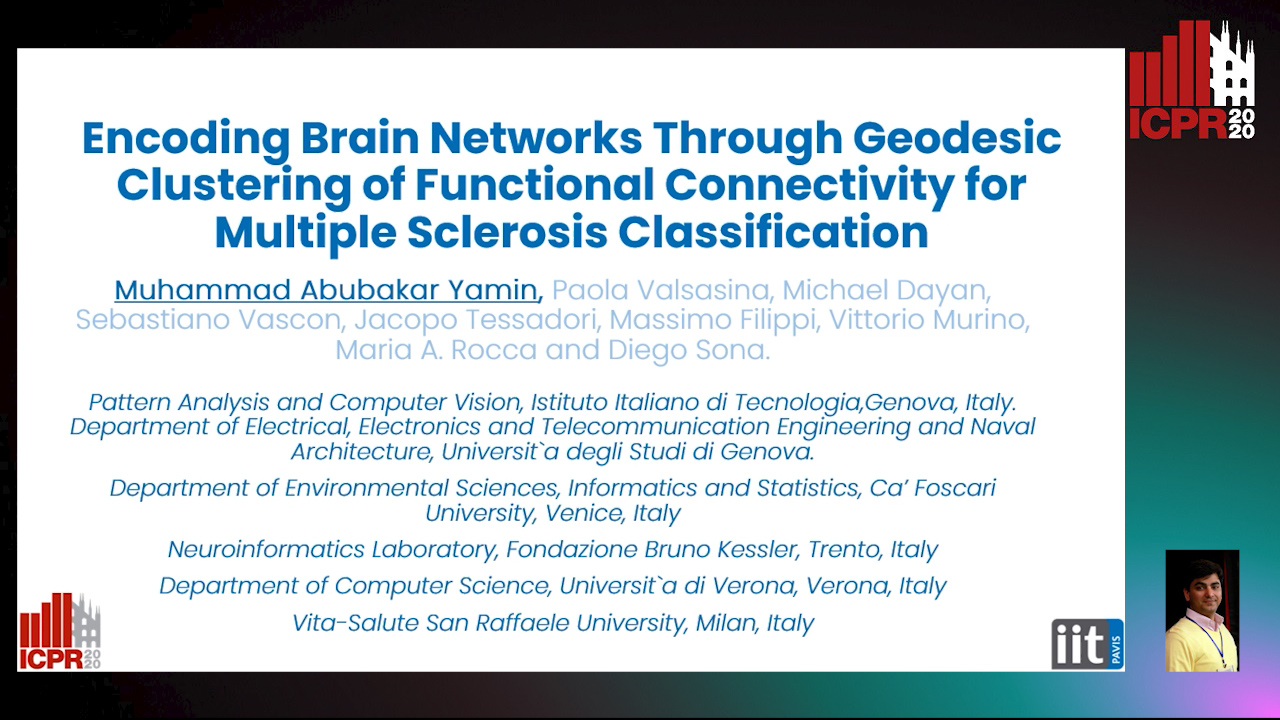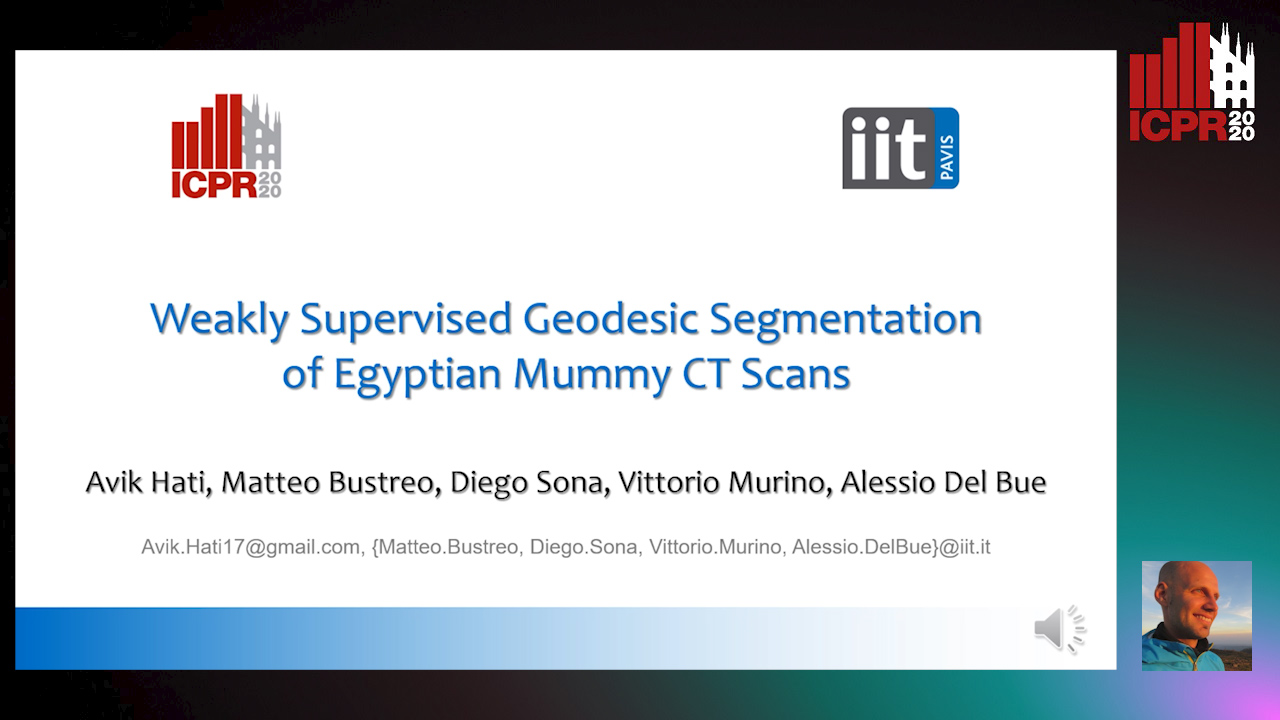Vittorio Murino
Papers from this author
A Versatile Crack Inspection Portable System Based on Classifier Ensemble and Controlled Illumination
Milind Gajanan Padalkar, Carlos Beltran-Gonzalez, Matteo Bustreo, Alessio Del Bue, Vittorio Murino

Auto-TLDR; Lighting Conditions for Crack Detection in Ceramic Tile
Abstract Slides Poster Similar
Compact CNN Structure Learning by Knowledge Distillation
Waqar Ahmed, Andrea Zunino, Pietro Morerio, Vittorio Murino

Auto-TLDR; Knowledge Distillation for Compressing Deep Convolutional Neural Networks
Abstract Slides Poster Similar
Complex-Object Visual Inspection: Empirical Studies on a Multiple Lighting Solution
Maya Aghaei, Matteo Bustreo, Pietro Morerio, Nicolò Carissimi, Alessio Del Bue, Vittorio Murino

Auto-TLDR; A Novel Illumination Setup for Automatic Visual Inspection of Complex Objects
Abstract Slides Poster Similar
Encoding Brain Networks through Geodesic Clustering of Functional Connectivity for Multiple Sclerosis Classification
Muhammad Abubakar Yamin, Valsasina Paola, Michael Dayan, Sebastiano Vascon, Tessadori Jacopo, Filippi Massimo, Vittorio Murino, A Rocca Maria, Diego Sona

Auto-TLDR; Geodesic Clustering of Connectivity Matrices for Multiple Sclerosis Classification
Abstract Slides Poster Similar
Weakly Supervised Geodesic Segmentation of Egyptian Mummy CT Scans
Avik Hati, Matteo Bustreo, Diego Sona, Vittorio Murino, Alessio Del Bue

Auto-TLDR; A Weakly Supervised and Efficient Interactive Segmentation of Ancient Egyptian Mummies CT Scans Using Geodesic Distance Measure and GrabCut
Abstract Slides Poster Similar